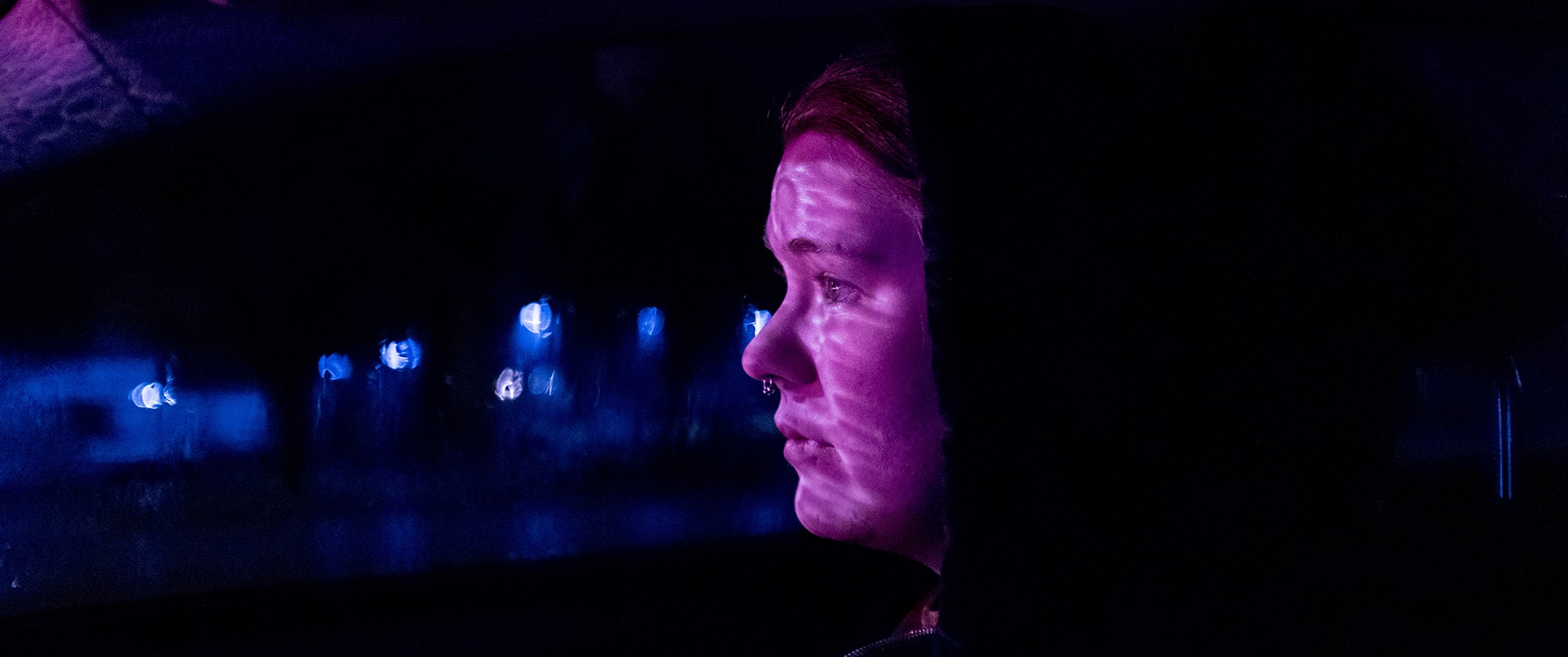In New York, the Bronx Documentary Center’s latest exhibition reminds us that drug use is not an individual’s moral failing.

You’re getting blind.
Don’t miss the best of visual arts. Subscribe for $9 per month or $108 $90 per year.
Already suscribed ?



